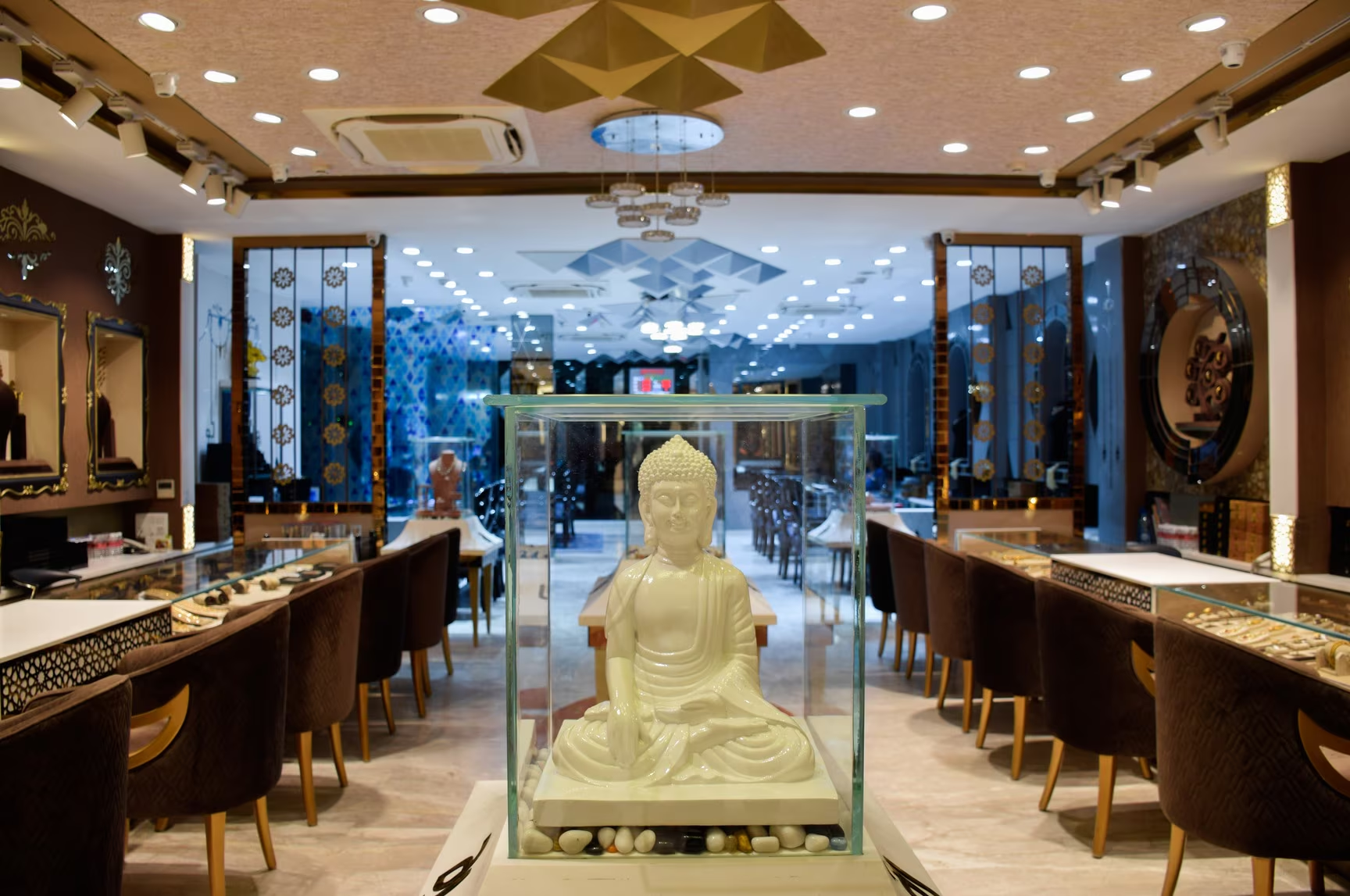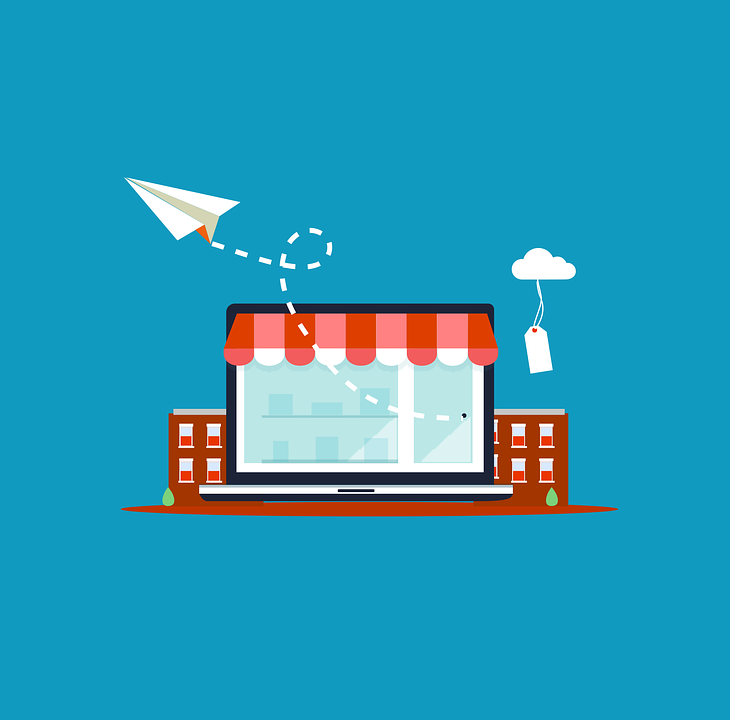Technological advancements have impacted almost every industry, and retail is no exception. The shopping process has been reimagined with advancements in AI, computer vision, and the Internet of Things. Thus, retailers must embrace the latest technologies and ensure proper implementation to enhance the customer experience and increase revenue opportunities. In this article, we will find 6 Technology Trends Taking Over Retail
the following are some technology trends creating waves in the retail industry:
QR Codes
QR (Quick Response) codes are finally getting the attention they deserve after years of being ignored by retailers. Using a smartphone or other imaging devices, customers may instantly scan an item’s QR code and get information about it. QR codes are a great tool to direct your customers to a well-thought-out landing page. That way, a potential customer could be encouraged to take a specific action that takes them farther along the customer journey. It happens because the code brings the visitor to a page with an appropriate call to action.
QR codes make it easy to collect first-party data because they act as a digital touchpoint for your business, recording customer activity from the time of pre-purchase to post-purchase. QR codes can help you learn more about customers’ habits and preferences as contactless feedback forms. In addition, you may use the acquired first-party data for retargeting the same customers on search engines and social media sites, freeing you from buying expensive third-party data.
Facial Recognition
Consumers increasingly expect retailers to cater to their individual needs. Well, leveraging facial recognition technology is one way to accomplish this objective. The software can interpret customers’ facial expressions, which provides the salesperson with information about the potential sale value.
After that, they can divide items into high–value and low–value categories using product recognition tools and recommend products to buyers accordingly. Experts state that since modern-day customers are looking for personalized experiences, this technology will continue to be popular in the years to come.
RFID
You can bet that “managing inventory” is always on the list of tasks retailers despise the most. Retailers put in a significant amount of time and effort to take stock, but 62% point the finger at the human error when things do not add up. That is where Radio-Frequency Identification (RFID) comes into play.
Maintaining high product availability is essential to sustaining retail sales. Yet, low on-floor product availability and out-of-stocks are alarmingly widespread problems in the industry. These issues result in unnecessary lost sales, thanks to inefficient replenishment operations and inaccurate stock information. RFID has virtually eliminated this issue by increasing stock accuracy from 60%-80% percent to almost 100%.
Besides, a quick scan of an RFID tag is all a business needs to keep track of its inventory. This essential component of the labor-management system eases the burden on your employees while providing the most accurate data for your clients. A business can also measure busy hours in their store using RFID technology, which helps them streamline future inventory planning.
IoT
IoT (Internet of Things) facilitates real-time data sharing and communication. The retail industry requires data because it is essential for gaining insights into consumer behavior and purchasing decisions. IoT makes it simple for the industry to gather, store, and analyze this data. That way, businesses can provide more personalized experiences to customers.
Managers may also identify the most popular areas in the store by installing IoT sensors. User activity heat maps can be used to optimize store space, keep items in the best locations, and track and record shopping trends over time. Gathering data and information and submitting it to management helps to maintain the system stability.
The store’s employees can connect and streamline communication using wireless IoT-based gadgets. Applying this technology has boosted the efficiency of business processes and increased customer satisfaction.
Voice Assistants
In 2022, natural language processing is advancing alongside artificial intelligence (NLP). Voice assistants are getting better at recognizing and responding to human speech. Tools like Siri, Alexa, Google Assistant, and Bixby are tell-tale examples of that. The retail sector made a considerable leap to design and adopt voice assistants for their customers mainly because they had previously established mobile apps to take advantage of the e-commerce boom. Therefore, incorporating a voice user interface is a natural progression for mobile shopping experiences, which are responsible for 45% of all sales made through e-commerce.
Aside from boosting the customer experience, retail personnel can also benefit from adopting voice-enabled mobile devices. This technology enables employees to undertake a host of tasks more efficiently, be it monitoring the status of inventory, discovering locations of items in the store, or proposing alternative products for consumers to purchase while returning an item.
Voice assistants have also taken customer support to the next level in the retail sector. When it comes to customer service, time and efficiency are crucial. And a hands-free experience means customer service representatives can deliver information to clients faster without compromising accuracy which increases the stability and better delivery of support to the business infrastructure that provides sustainability and focused assistance which is the most important and crucial part of that service.
Augmented Reality
Augmented Reality (AR) is quickly becoming a new industry standard. But, as it turns out, retailers who do not have access to the latest AR capabilities are falling behind. This is one of the critical technological breakthroughs helping bridge the gap between traditional shopping and online purchasing through e-commerce storefronts.
“Trying before buying” is one of the most practical AR applications for retail customers, which is best illustrated via virtual fitting rooms. They allow consumers to preview how they look in various items before purchasing them since it’s a precaution to do and helps consumers to understand the nature of the product. Moreover, customers can also use AR-based indoor navigation tools to find products in the store by simply following the directions on their mobile screens. If done right, this may be a great way to entice customers and present them with more personalized recommendations on-screen.
Conclusion
Like other industries, technology has also taken over the retail sector. Continuous innovation and adoption of cutting-edge solutions have skyrocketed the revenue opportunities for retailers. However, it could be challenging to cherry-pick the suitable contemporary software or hardware if you just set up your brick-and-motor shop or an online store. So, to make your life easier, we have covered all the retail technologies trending red-hot nowadays among retailers.












